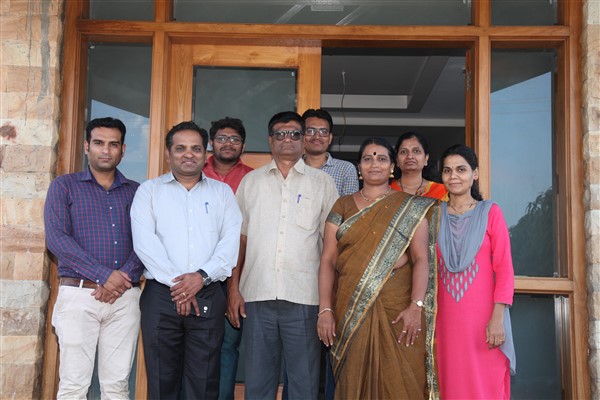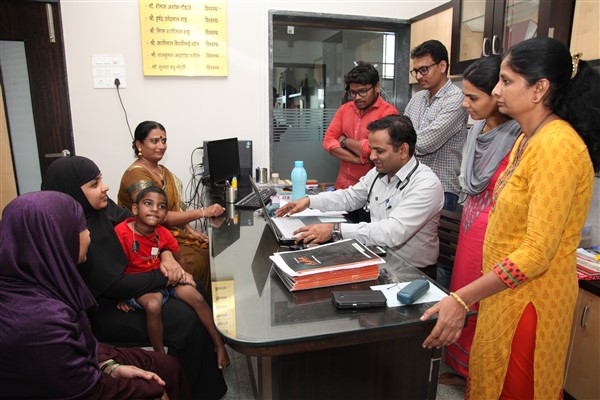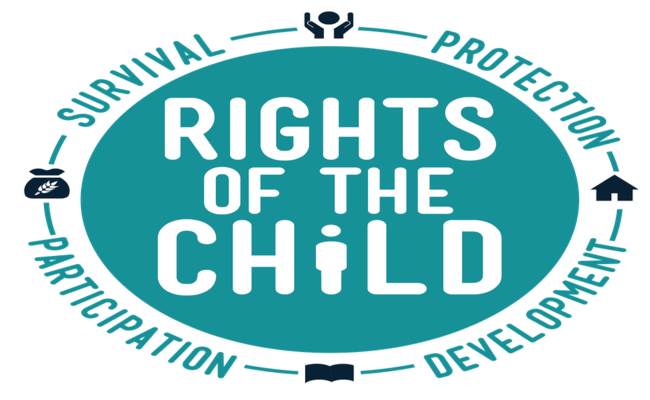Creating Impact
Social Awareness Progarm
Our approach to Social Awareness is to reach people and make them alert to the situations causing the children to be mentally challenged which could be avoided. Awareness can also create new improvements for the mentally ill. As there is more demand from the public, it can produce a flow of attention. This attention can eventually result in great changes for the mentally ill. It can lead to improvements on policy, research, and service development.


Our Approach
We are providing behavior modification of the mentally handicapped through the services of physiotherapy, Physical therapy, Behaviour Treatment, and special education techniques by a team of interdisciplinary teachers, whom we approached by paying visits, who are employed in other noted institutions. The staff is updated on every event to subject such as law, accessibility, Social Awareness, Group plans, workshops
We have train our students in daily living skills, who are unable to do their daily chores, like eating, dressing, grooming, and also toileting etc. The main purpose of this training programme is to infuse confidence in them, to make them feel that, they are quite efficient and can attend to their daily needs with more confidence than ever as the ordinary children of their age group and move in the society with some satisfaction facing challenges.
Child Rights
- Right to Survival: A child's right to survival begins before a child is born. According to Government of India, a child life begins after twenty weeks of conception. Hence the right to survival is inclusive of the child rights to be born, right to minimum standards of food, shelter and clothing, and the right to live with dignity.
- Right to Protection: A child has the right to be protected from neglect, exploitation and abuse at home, and elsewhere.
- Right to Participation: A child has a right to participate in any decision making that involves him/her directly or indirectly. There are varying degrees of participation as per the age and maturity of the child.
- Right to Development: Children have the right to all forms of development: Emotional, Mental and Physical. Emotional development is fulfilled by proper care and love of a support system, mental development through education and learning and physical development through recreation, play and nutrition


Statistics On Children In India
Education: 1 in 4 children of school-going age is out of school in our country – 99 million children in total have dropped out of school (Census 2011)Out of every 100 children, only 32 children finish their school education age-appropriately (District Information System for Education (DISE) 2014-15)Only 2% of the schools offer complete school education from Class 1 to Class 12 (District Information System for Education (DISE) 2014-15)
Child labour and exploitation:There are 10.13 million child labourers between 5-14 years in India (Census 2011)India has 33 million working children between the ages of 5-18 years. In parts of the country, more than half the child population is engaged in labour (Census 2011)Every 8 minutes, a child goes missing in India – kidnapping and abduction is the largest crime against children in our country (District Crime Record Bureau (DCRB) 2014)Over the last 10 years, crimes against children has increased 5 times over (District Crime Record Bureau (DCRB) Data Series)Fear of failure in examinations in the second highest cause of suicides in children (Accidents and Suicide Deaths in India (ASDI) 2014)
Health and Nutrition :
Children:
19.8 million children below age 6 in India are undernourished (ICDS 2015)Only 9.6% of children between 6-23 months in the country receive an adequate diet (NFHS 4, 2015-16)38% (1 in 3 )of children between 0-5 years are stunted in the country (NFHS 4, 2015-16)21% (1 in 5) of the children in the country suffer from wasting (NFHS 4, 2015-16)36% of children under 5 years of age are underweight in India (NFHS 4, 2015-16)58% of children between 6months – 5 years were found to be anaemic in the country (NFHS 4, 2015-16)Total Immunisation coverage in the country stood at 62% in 2015-16 (NFHS 4, 2015-16)21% of the births in the country were home births (NFHS 4, 2015-16)
Maternal Health:
Only 21% of mothers (1 in 5) received full antenatal care in the country (NFHS 4, 2015-16)More than 50% of the pregnant women aged 15-49 years were found to be anaemic (NFHS 4, 2015-16)
Girl Child:42% of married women in India were married as children (District Information System for Education (DISE) 3)1 in every 3 child brides in the world is a girl in India (UNICEF)India has more than 45 lakh girls under 15 years of age who are married with children. Out of these, 70% of the girls have 2 children (Census 2011)